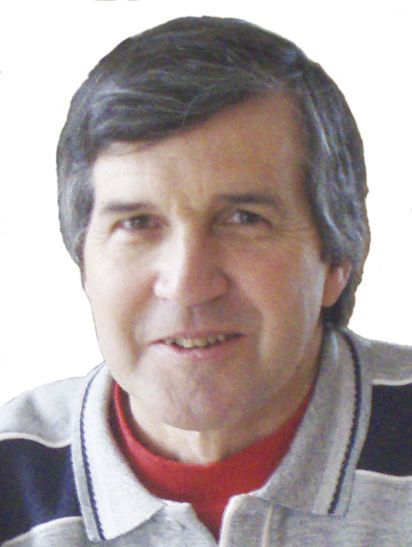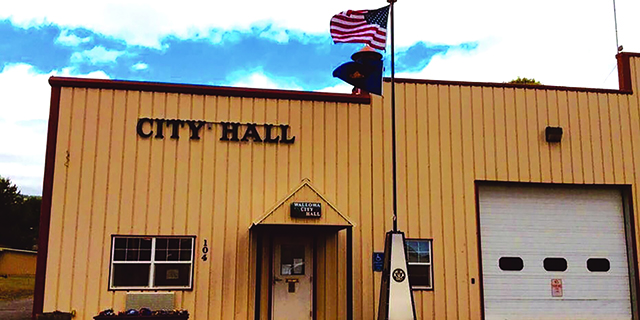POLITICAL PHILOSOPHY: The game’s between our ears
Published 5:00 pm Tuesday, June 24, 2014

- photo John McColgan, author of the recently published "Where ever The Truth Might Lie," will hold a book signing Sunday, Feb. 19, from 1 to 4 p.m. at Arrowhead Chocolate shop in Joseph.
Golfing legend Bobby Jones famously said: Competitive golf is played mainly on a five-and-a-half-inch course the space between your ears. Any golfer who has ever experienced terror while standing over a two-foot putt knows exactly what Jones meant.
Speaking as an amateur philosopher and a mediocre golfer, I would say that much of the challenge of that maddening game boils down to how a person handles pressure: how he responds to adverse conditions and setbacks, how he deals with the pressure placed on him by others, and how much additional pressure he puts on himself.
Trending
The U.S. Open is probably golfs greatest pressure-cooker, and this years was no different. As a fan, I spent the better part of Fathers Day weekend watching many of golfs greatest players look a lot like I usually do as they struggled to make good chips and solid putts on Pinehursts brutal #2 course. I often winced when my personal favorite, Phil Mickelson, saw one putt after another veer away from the cup. But I took encouragement from the fact that Martin Kaymer, the eventual winner, typically chose to use a putter from the fringe of the green, because he trusted it more than his wedge. I usually make a similar choice around the greens at Alpine Meadows, because I find that using a putter or a five-iron for a bump-and-run shot is easier on my nerves in those situations.
One of this years best stories at the U.S. Open involved runner-up Erik Compton, whose greatest challenges in life have come off the course. Compton is now playing golf with his third heart. He got his second one at age 12, and his current one at age 28. Before his most recent transplant, he even drove himself to the hospital, because he realized that he was having a heart attack. He nearly died in the emergency room. Now, six years later, along with a new heart, Compton has a beautiful wife whom he met while he was in the hospital, a 4-year-old daughter, and the biggest paycheck he ever made as a pro golfer.
I was disappointed this year that one of my personal favorites, Ashlands Jason Allred, wasnt able to qualify for the U.S. Open. Jason is the same age as Compton, and he too has spent most of his career as a journeyman on the lower ranks of the pro tours, where golfers often struggle to scrape together entry fees for tournaments and sometimes end up sleeping in their cars. I have kept an eye on Jason and rooted for him ever since 1997 when he won the U.S. Junior Amateur Golf Championship at age 17, something that Tiger Woods, Hunter Mahan, and Jordan Spieth have also done.
Earlier this year, Allred earned more than $388,000 when he became a late qualifier at the Northern Trust Open and ultimately finished third. In addition to winning about $20,000 on the Web.com Tour this season, Allred has also earned hefty checks at the Byron Nelson and the Memorial. For a father of three, Allreds most lucrative year has meant as much income in 2014 as he had earned in more than a decade as a pro.
Every golfer feels pressure. But Erik Compton and Jason Allred probably have a different and a better perspective about it than some golfers who have not yet experienced some of lifes greater challenges.
When Angel Cabrera was asked how he seemed to stay so calm when playing in major tournaments, he replied that it wasnt hard, because he had grown up poor in Argentina, and now he was rich. Appreciating our riches is probably one of the secrets for anyone who plays that five-and-a-half-inch course, and in the greater game of life.
Trending
John McColgan writes from his home in Joseph.









